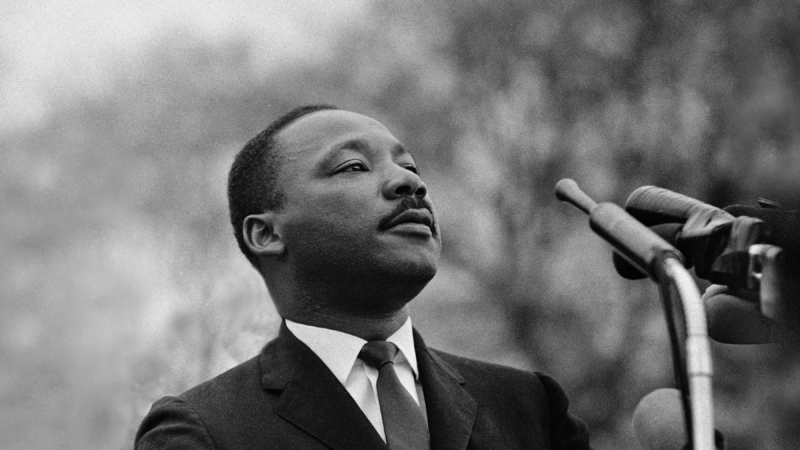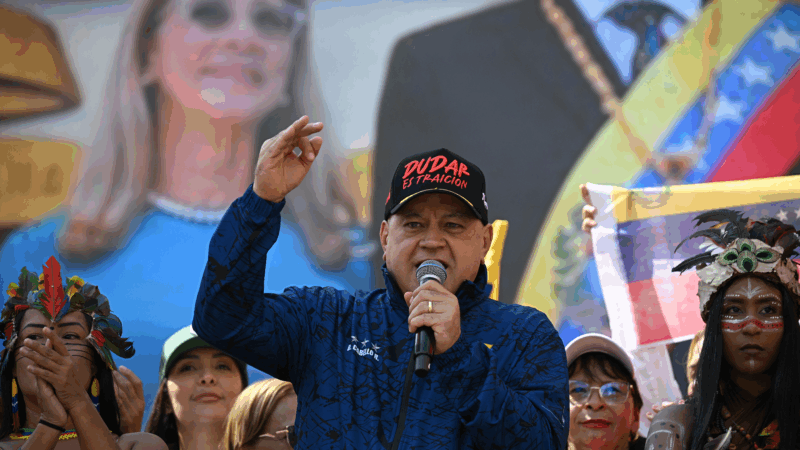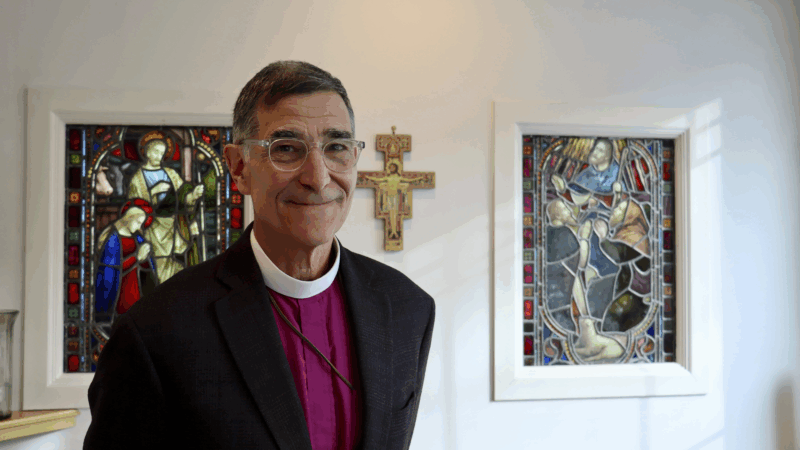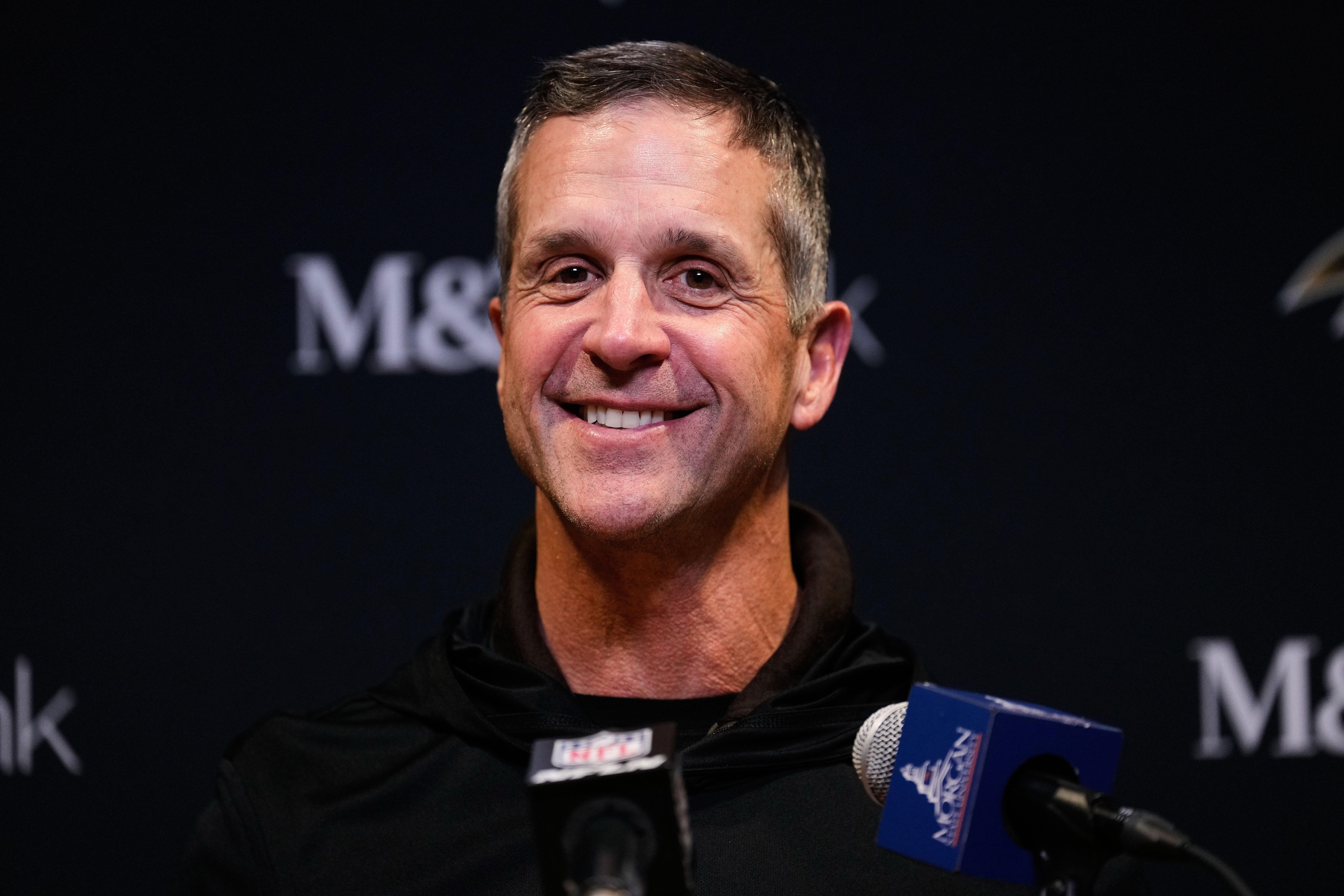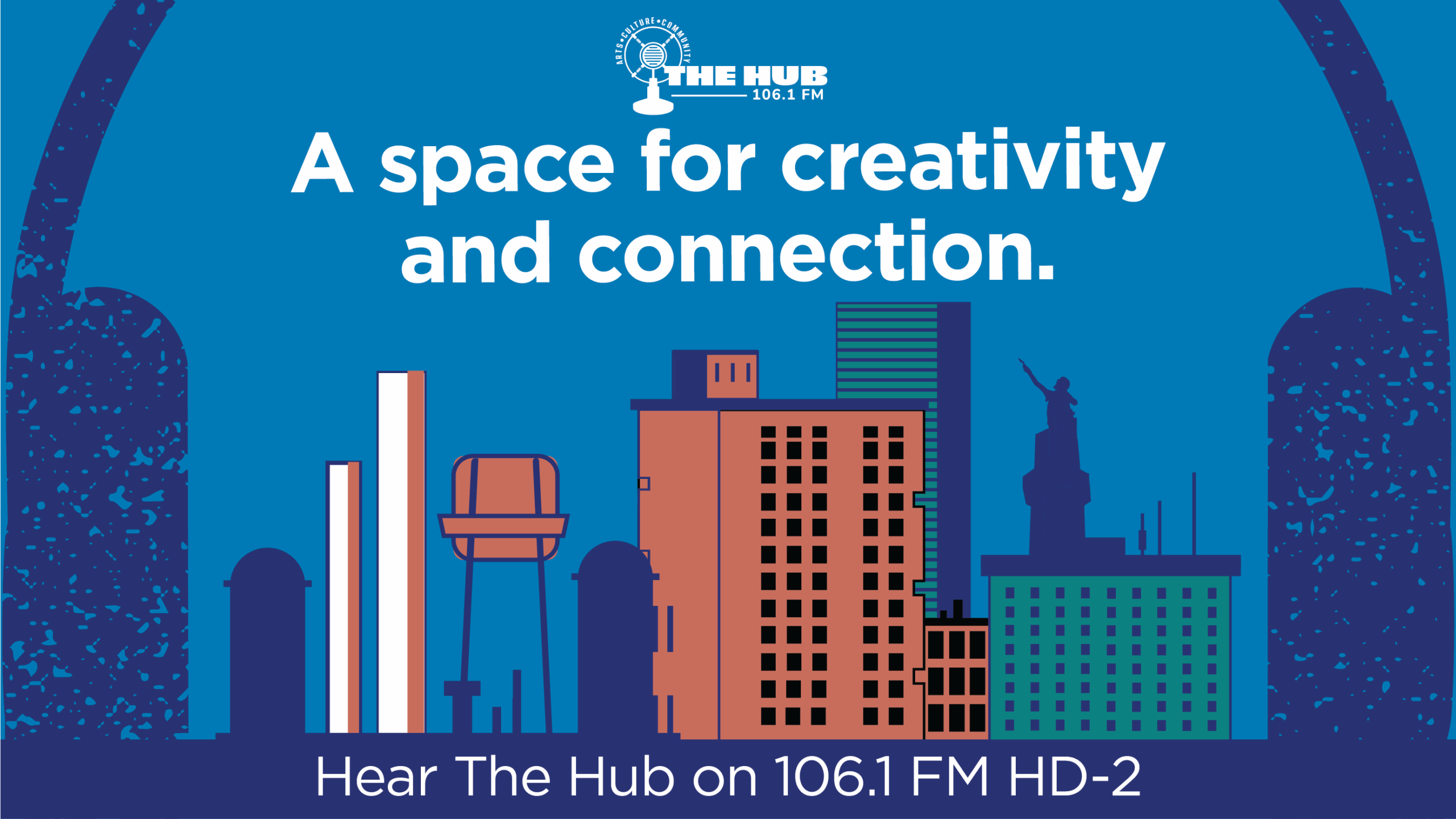A Dialogue on the Brain with the Dalai Lama
A Dialogue on the Brain with the Dalai Lama
The brain is a changing organ that can heal itself after injury. That’s the message from a dialogue involving the Dalai Lama and scientists at UAB’s Alys Stephens Center Saturday.
The symposium, titled “Neuroplasticity and Healing,” featured the research of Michael Merzenich and UAB neuroscientist Edward Taub. Merzenich pioneered the concept of neuroplasticity — the ability of the brain to grow, change, and heal. Scientists previously thought once a person reached adulthood, his or her brain was basically fixed. If the brain was injured, there was little that could be done to repair it.
Taub’s research has shown that’s not the case. He developed Constraint-Induced Movement Therapy which has been used to treat victims of stroke and other brain injuries. The therapy “rewires” the brain so the patient regains movement in the affected body part.
One person’s experience with the therapy
Merzenich and Taub presented their findings as the Dalai Lama periodically interrupted with questions.
“Since childhood [I] was always curious,” said the Dalai Lama. “Whenever I came across something new, I always raised the question why? How?”
The Dalai Lama explained that neuroscience is an area he has had a long-time interest in and by meeting with scientists he seeks to expand his knowledge and make real life applications.
East vs. West
Symposium moderator Norman Doidge noted the differences between Eastern and Western approaches to medicine. Western methods tend to break down and analyze while Eastern medicine looks more holistically. He says there had often been misunderstanding between the two sides but neuroplasticity offers a bridge.
“Many of the claims that Eastern medicine was making fell on deaf ears because we didn’t have a concept to explain how these mental practices could achieve the outcome that were often claimed,” said Doidge. “So there was a tendency to distrust them…think them superstitious.”
During the Dalai Lama’s visit, his first to Alabama, he will also host an interfaith dialogue at the Alabama Theater Sunday morning and give a public talk on secular ethics at Regions Field Sunday afternoon.
Meanwhile protesters have followed the Dalai Lama’s appearances in Birmingham. Members of the International Shugden Community say he has banned the tradition of praying to the Buddhist deity Dorje Shugden. Protesters say this has led to an aggressive campaign of persecution and discrimination against the sect.
~ Andrew Yeager, October 25, 2014
U.S. military troops on standby for possible deployment to Minnesota
The move comes after President Trump again threatened to invoke the Insurrection Act to control ongoing protests over the immigration enforcement surge in Minneapolis.
Martin Luther King Jr. had a dream … about health care
A doctor from Nigeria tells what Martin Luther King Jr. taught him about health, Justice and inequality.
Venezuela: Maduro’s enforcer Cabello still central to power
The ousting of Venezuela's president raised hopes of change — but the politician now controlling the streets shows how little has really shifted.
Amid ICE clashes, New Hampshire bishop urges clergy to prepare their wills
The Episcopal bishop of New Hampshire told priests protesting ICE to get their wills and affairs in order. Some praise the bishop, while other priests say they never signed up to be martyrs.
New York Giants hire John Harbaugh as coach after identifying him as their top choice
Harbaugh joins the Giants 11 days after he was fired by the Baltimore Ravens. The Super Bowl champion is now tasked with turning around a beleaguered franchise.
US launches new retaliatory strike in Syria, killing leader tied to deadly Islamic State ambush
A third round of retaliatory strikes by the U.S. in Syria has resulted in the death of an Al-Qaeda-affiliated leader, said U.S. Central Command.


